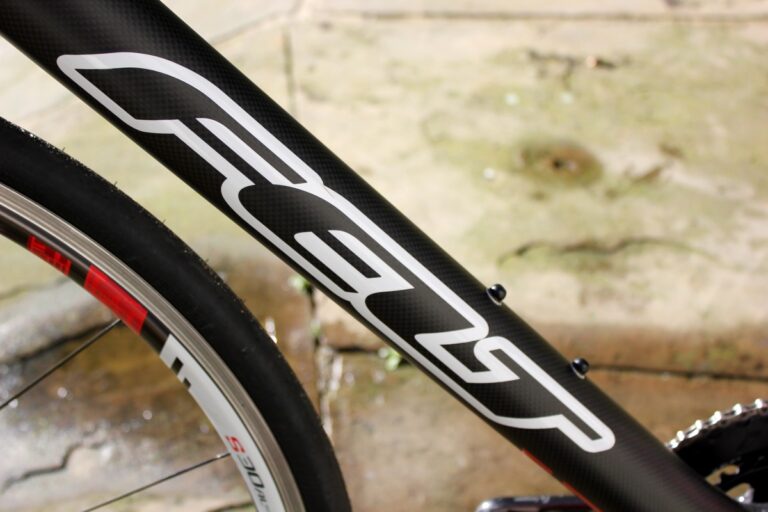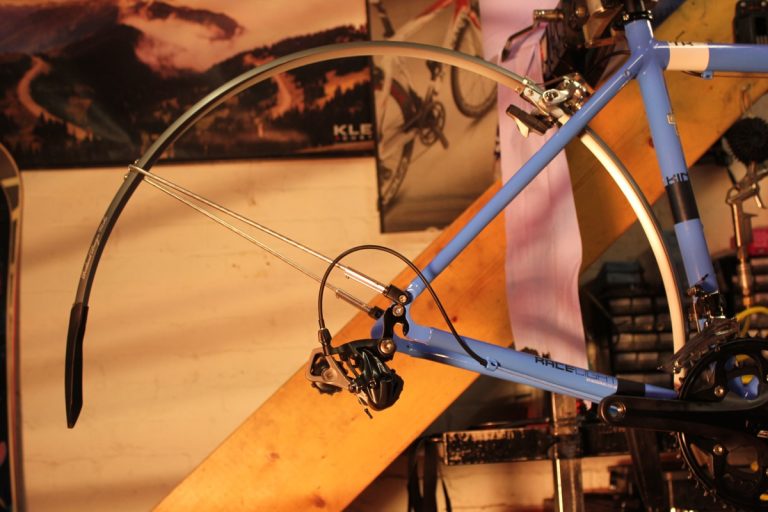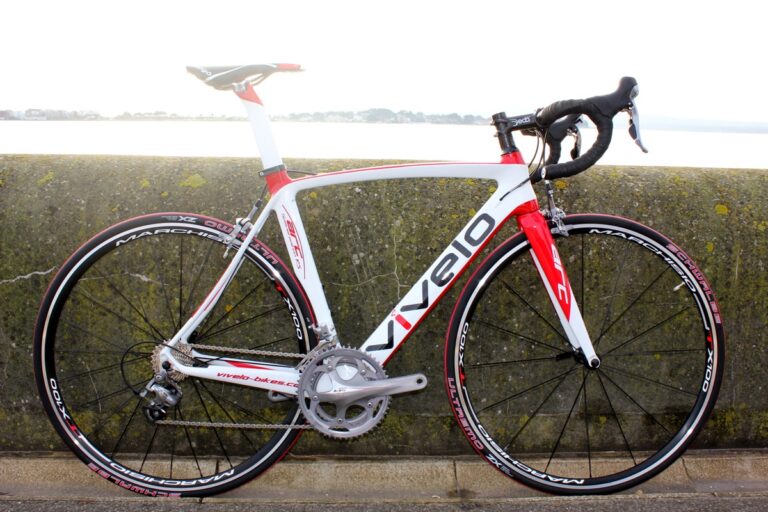US handmade carbon fibre specialists Parlee have launched the Z-Zero – available in two versions for conventional rim brakes or disc brakes.
Bob Parlee and designer Tom Rodi unveiled the Z-Zero, which supersedes the Z1 as Parlee’s top-of-the-range frame, at the Boston-based firm’s London dealer, Bespoke Cycles, just a stone’s throw from RoadCyclingUK HQ.
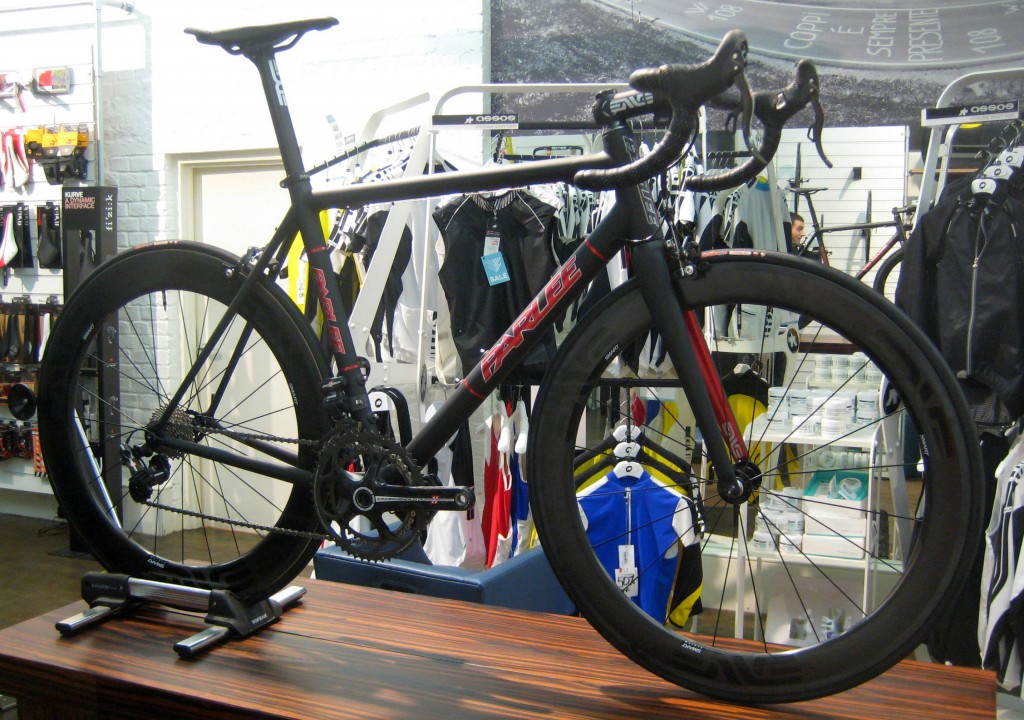
The Z-Zero, which has been two years in development, is a nod to the future, combining Parlee’s knowledge of carbon fibre construction and custom geometries, with the latest road bike trends – with the Z-Zero boasting a 1 1/8″ to 1 1/4″ tapered headtube (which slots into a fork developed in conjunction with ENVE), clearance for 28mm tyres and, of course, the option to run disc brakes.
“What’s happened with the Z1, 2 and 3 is that, as more things come to the market – different bottom bracket standards, tapered steerer tubes and now disc brakes – all of a sudden we’ve stretched and pulled our old designs as far as they can go,” Rodi told RoadCyclingUK.
“This bike was designed from the get-go to accommodate disc brakes, and to accommodate potential bottom bracket standard changes in the future.”
Apart from the disc-equipped Colnago C59 Disc, which uses a hydraulic disc brake setup licensed exclusively by Formula to Colnago for a year, road bikes with disc brakes have used mechanical setups, although SRAM are working on a hydraulic system, while there are whispers of Shimano working on a version of their own.
Disc brakes have trickled on to road bikes over the past couple of years but both Bob Parlee and Rodi expect the launch of a hydraulic road disc brake setup to spark a sea-change in the market.
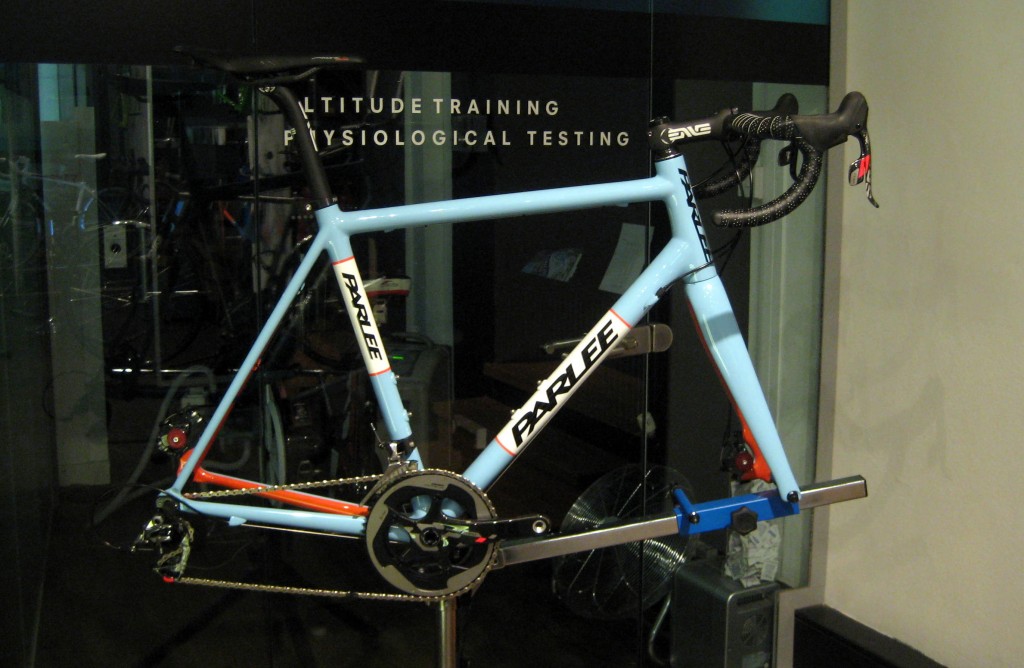
Parlee have developed a reputation for quality in the 12 years since Bob Parlee, whose background was in building carbon fibre boats, founded the company.
The Z-Zero frame is made using Parlee’s proprietary construction method, and the direct carbon-to-carbon bonds create a frame which they say is both stiffer and lighter than the Z1. Each bladder molded tube, supplied by ENVE, is mitred and bonded to the other, with the junction wrapped in layers of carbon fibre, with gives the appearance of a smooth monocoque frame, unlike the lugged joints of the Z1.
The design is typically Parlee, with subtly ovalized tubes connected in straight lines. Rodi said: “People call us traditionalists but there’s some engineering and science behind that. All the bending, twisting and turning elements that go into tubes typically adds a weight penalty.
“Connecting two points in a straight line is the most efficient way to do it. It’s kind of a coincidence that it’s a look which harks back to the more classic steel and aluminium frames.”
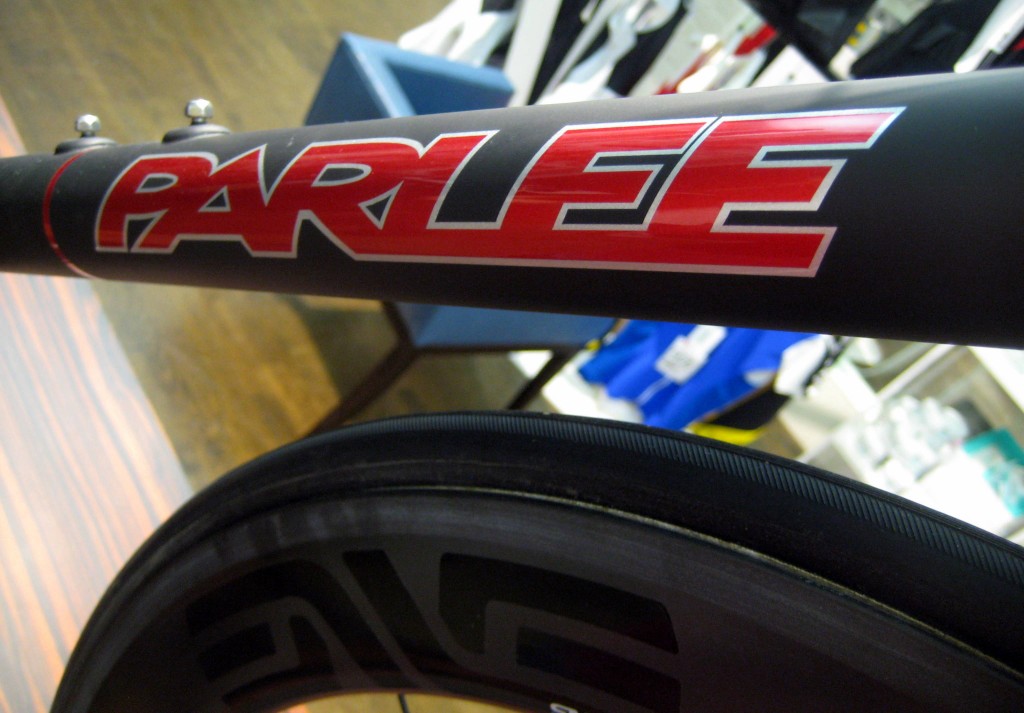
Claimed weight for a Z-Zero frame for rim brakes is approximately 750g, with disc brakes incurring a 100g weight penalty as the fork needs to be stiffer to allow for the additional braking force.
Parlee created six different carbon fibre dropout sizes for the Z-Zero, rather than using the hinged metal dropout found on the Z1, which means that, while expensive, they can eliminate as much metal as possible from the frame while still offering as wide a range of custom frame sizes as possible. A Z-Zero frame can be built with a headtube length up to a massive 32cm, suitable for riders nearly seven feet tall (Parlee can count professional basketball players among their clients).
The compression-moulded dropouts slot into the chainstay, which means Parlee can adapt to any future change in axle standard, while the bottom bracket shell is co-moulded (a process where both parts of a structure are moulded at the same time) to the seattube to improve stiffness. An integrated seatmast is available as an optional extra.
The frame is available as a semi-custom or custom build. Semi-custom allows riders to choose a number of ‘stock’ geometries, while fully custom allows riders to tune geometry to the millimetre. Both options allow the customer to adjust the carbon fibre layup to suit their riding style.
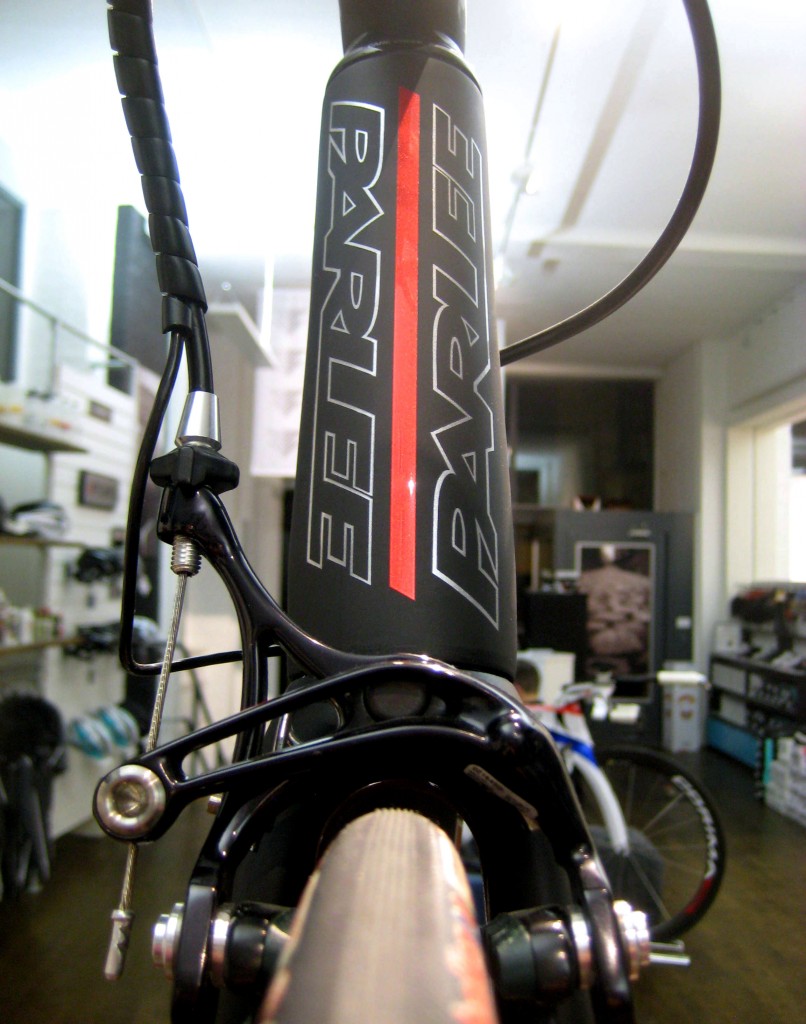
“We build all the Z1, 2, 3 and Zeros to order,” said Rodi. “It’s really a question of fit. Once you’ve had a bike fit, if you don’t fit one of the semi-custom sizes then you go to full custom.
“More and more people, as they get more and more experience riding bikes, have a preference as to how they want it to ride. You’ll have a guy who had a titanium bike which was super-smooth and he’d ask that to mimic that feel with modern performance. It’s those type of discussions and we give people what they want.
“Ride quality differs hugely depending on the rider’s size so it’s about finding the sweet spot for them.”
Two stock paint jobs (black/red and sky blue/orange) are offered alongside a custom paint option. UK prices have been set at £5,499 for a semi-custom frame and fork and £6,799 for a fully custom frame and fork.


